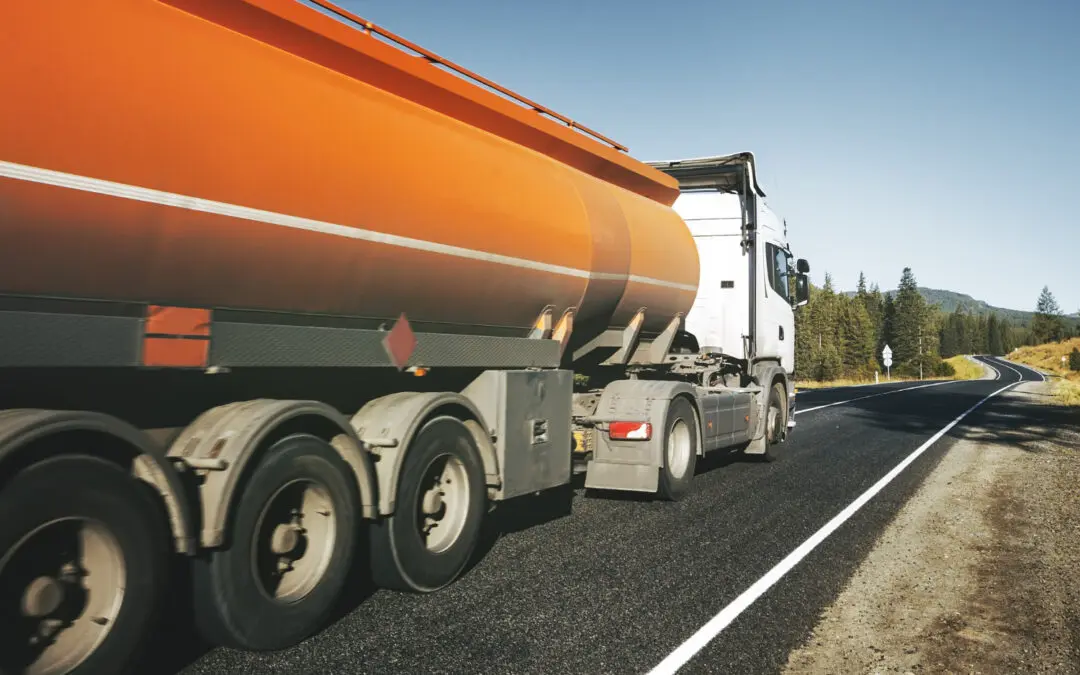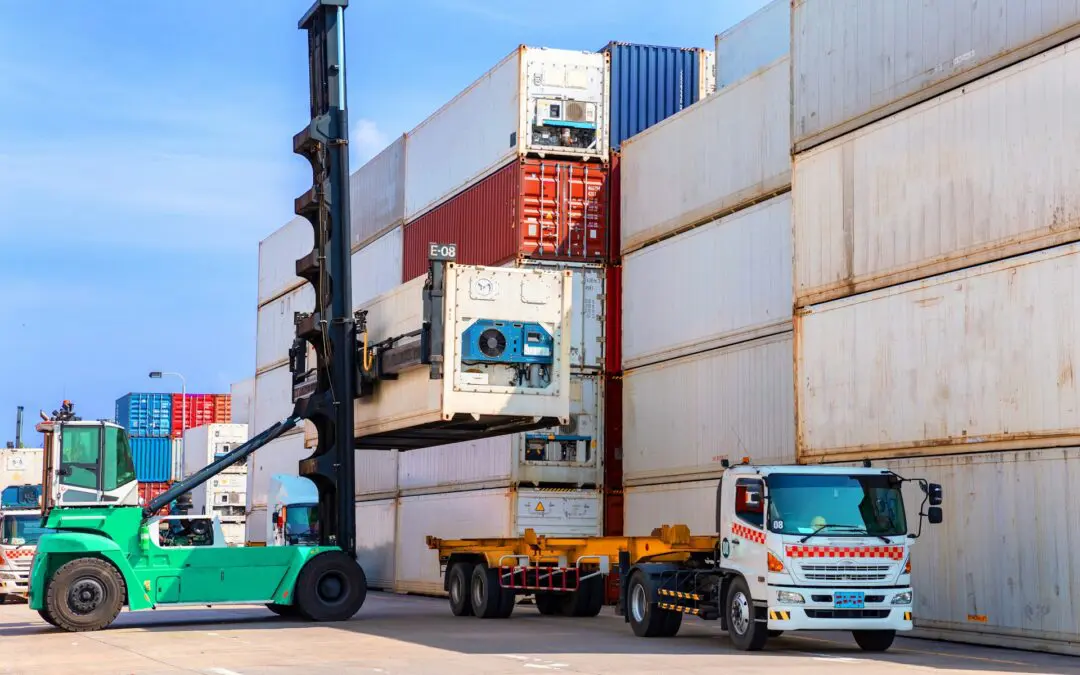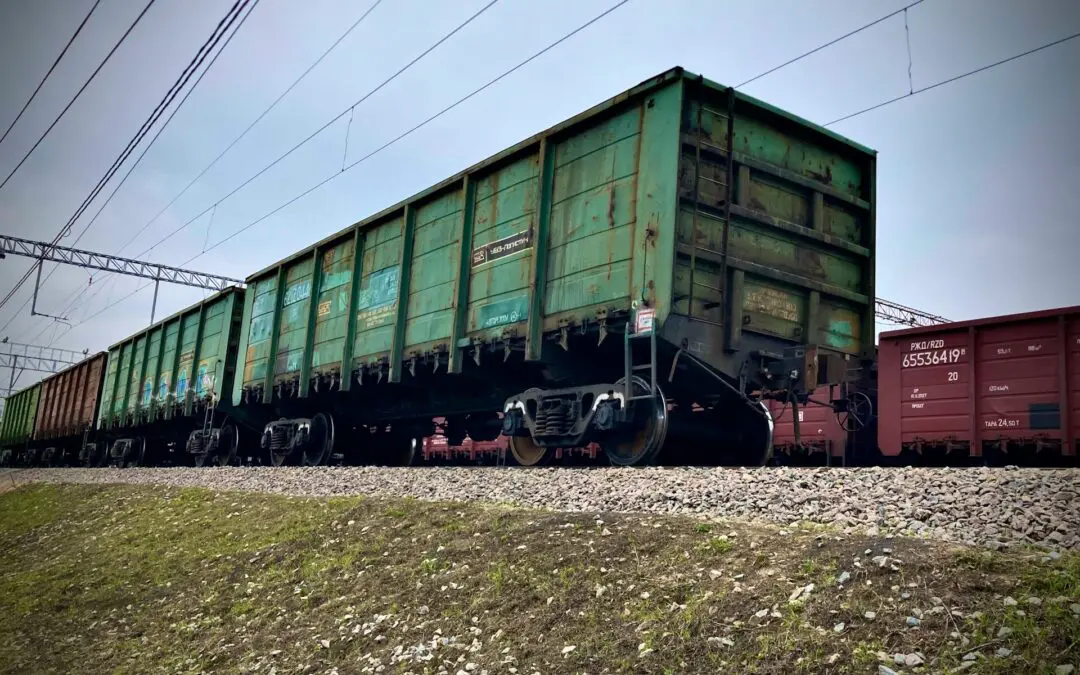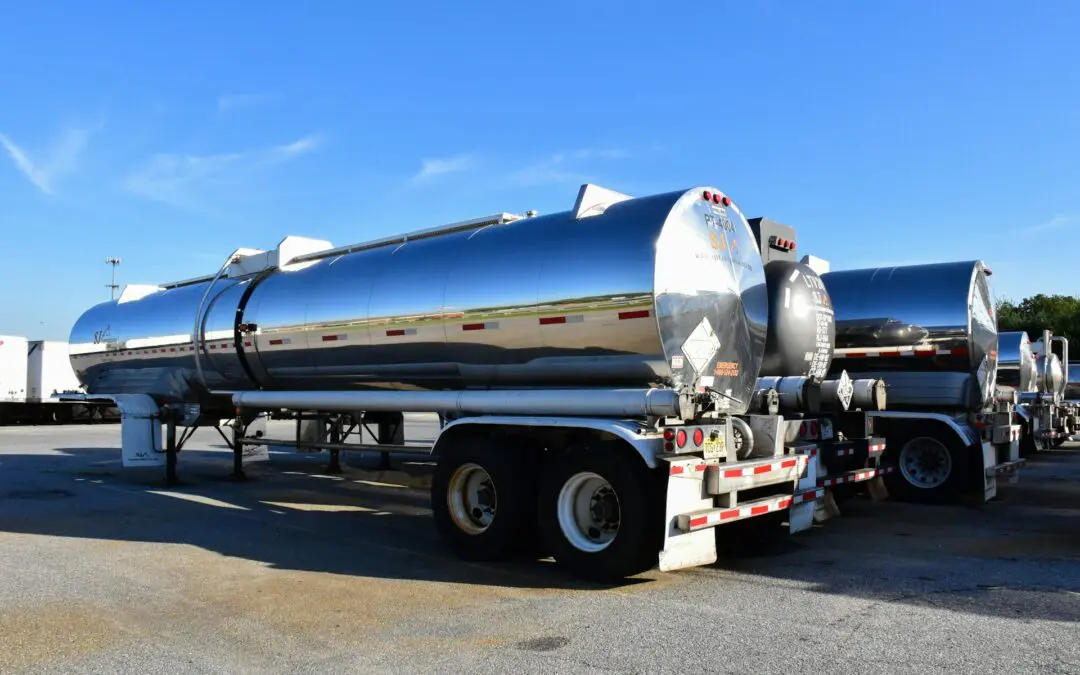
by Explore Group | Oct 5, 2025 | Oil, Transport
When temperatures drop and roads turn slick, transporting crude oil becomes a lot more complicated. Snow, ice, and mechanical failure don’t mix well with heavy loads and long hours on the road. Making sure that oil moves safely during winter isn’t just about driving...

by Explore Group | Oct 5, 2025 | Transport
Intermodal shipping has become a popular option for businesses moving goods across long distances, especially when a mix of transport modes like ships, trains, and trucks is needed. It helps reduce costs, improve scheduling, and lower the risks connected to a single...

by Explore Group | Sep 28, 2025 | Transport
Rail transport plays a big role in moving goods across long distances efficiently. As freight volume grows and infrastructure demands shift, many rail systems are embracing a system called track sharing. This means different companies use the same tracks, working...

by Explore Group | Aug 25, 2025 | Transport, Oil
Oil transportation involves moving huge quantities of petroleum products, day in and day out. It’s a process that relies on machines, trained people, and set schedules. But even with a good plan in place, things can go wrong fast. That’s where risk assessment comes...
by Explore Group | Aug 18, 2025 | Transport, Oil
Introduction Oil refineries play a crucial role in producing the fuels and chemicals we use every day. They rely on a steady supply of raw materials to keep their operations running smoothly. This is where transportation companies step in, providing essential services...
by Explore Group | Aug 18, 2025 | Transport
Introduction Moving freight from one place to another might sound straightforward, but there’s a lot going on behind the scenes to make it work smoothly. One of the most overlooked pieces of the process is load balancing. If a load isn’t spread out right in a trailer...





